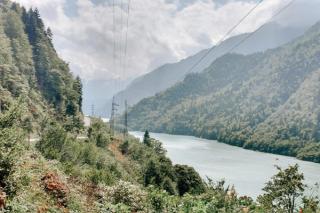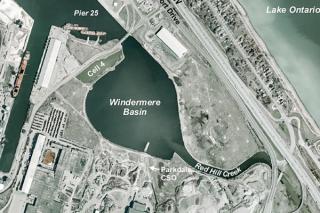
Georgia Electricity Transmission Network development project
- Client Name
- European Bank for Reconstruction and Development (EBRD)
- Location
- Georgia

Challenge
The project is the preparation of an Environmental and Social Impact Assessment (ESIA) and Land Acquisition Resettlement and Compensation Framework (LARCF) for the proposed Georgia Electricity Transmission Network Development Project, in the western part of Georgia.
The project, comprising four separate project components, is part of a wider 10-year programme being implemented by GSE to strengthen the power transmission grid in Georgia to improve cross border trade opportunities, to meet increased power demands and to connect existing and planned power projects, principally the growth of hydropower plants (HPP).
It comprises the development and reinforcement of 500kV, 220kV and 110kV transmission lines, construction, extension and rehabilitation of substations and development of associated infrastructure ( e.g. access roads, construction compounds).
Solution
ESIAs for transmission lines is one of the core services of SLR’s European business and as such SLR was well placed to advise and support the development of the project throughout the feasibility phase.
SLR was selected in 2017 by the EBRD and GSE to prepare the ESIA, the ESMP and the LARCF in accordance with the EBRD Performance Requirements which are set out in the EBRD Environment and Social Policy, the KfW standards which follow the World Bank Group performance standards and the European Union Environmental Impact Assessment Directive.
SLR’s mandate was to prepare an ESIA study which covers all aspects of a full Category A ESIA and to assist GSE in structuring the Project to meet the objective of the Lenders environmental and social policies.
The project takes place across various different environmental and social environments within Georgia. Each component has unique landscapes, representative heritage sites, as well as cultural and natural resources. As part of the ESIA process, SLR was tasked with undertaking numerous specialised studies (Critical Habitat, Ornithology, Noise, Visual and Landscape Assessments), developing a Land Acquisition, Resettlement and Compensation Framework and developing the agreed mitigation strategy into an implementable Environmental and Social Management and Monitoring Plan.

